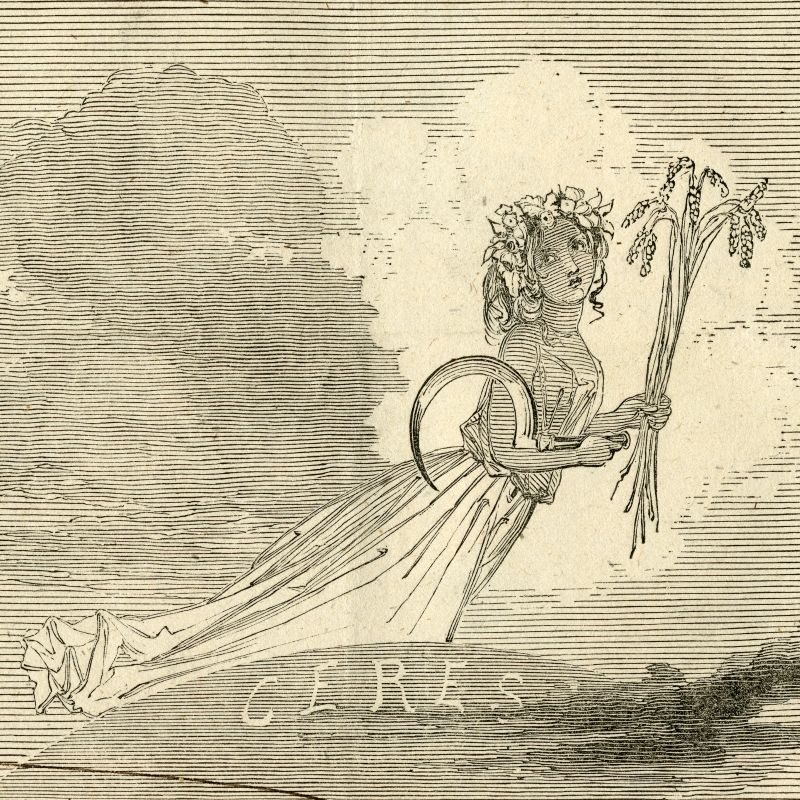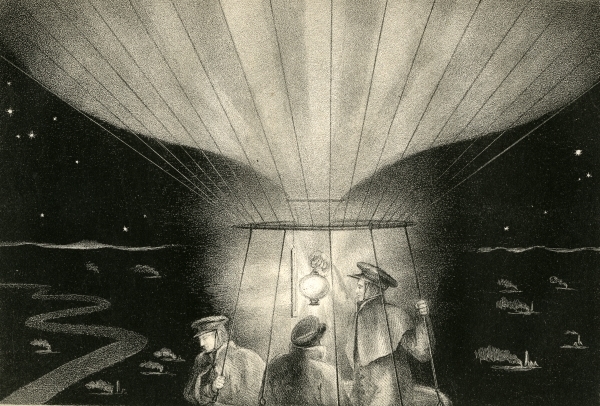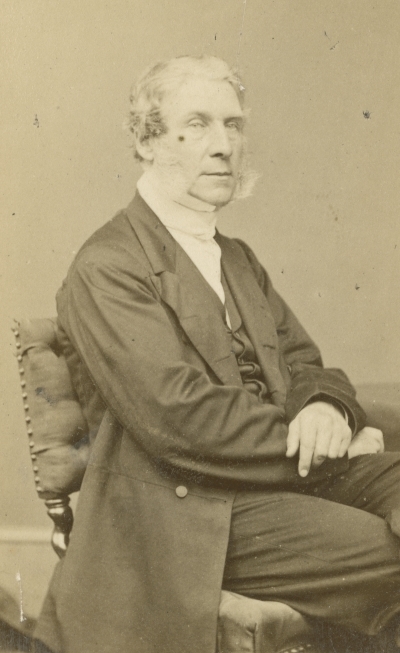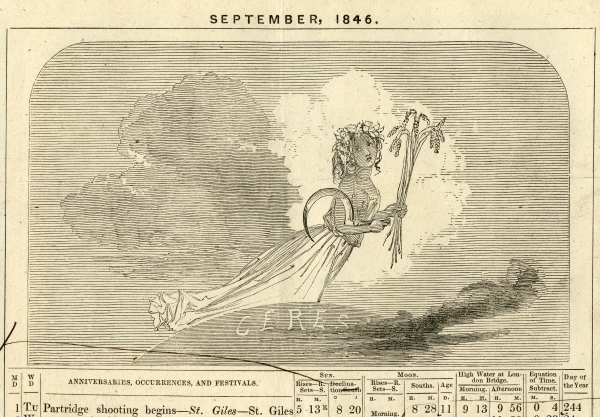Keith Moore recounts the exploits of James Glaisher FRS, intrepid balloonist and editor of the 'Illustrated London Almanack'.

High over a tranquil English landscape, a life-or-death struggle is taking place. A balloon is locked into a stratospheric rise, rushing inexorably upwards. The scientist it carries is slumped beside his instruments, insensible from lack of oxygen and extreme cold. His pilot climbs into the shrouds of the craft, attempting to untangle the gas-venting rope that will save them. He uses elbows and teeth because his frostbitten hands no longer function and he knows he will soon fall.
Something from the pages of Jules Verne? You’d be forgiven for thinking so, but no, a desperately real event. In 1862, on an otherwise routine flight with meteorological instruments, James Glaisher and his pilot Henry Coxwell were propelled by a combination of circumstances – a lighter balloon gas, a twisted cable – into one of the most epic of flights into the upper atmosphere, accidentally achieving a world height record. It was so high that nobody is quite sure of the eventual distance, possibly in excess of 36,000 feet. With Glaisher and Coxwell near dead and the instruments unmanned, only an estimate based upon the ‘missing’ flight time is possible. If you’d like to read more about it, I’d recommend Richard Holmes’s account in his book Falling Upwards.

A 19th century night balloon flight, from Monck Mason’s Aeronautica, 1838, plate 3
You’ll find the book in the Society’s Library, where you will also see quite a few young faces doing research. Most of these academics are attached to the Royal Society in AHRC-supported partnership projects, each investigating an aspect of the Society’s history. We have students digging into each century of the organisation’s existence and most have blogged about their work at least once.
One of the most intriguing projects is a study comparing Victorian popular publishing and scientific engagement to non-professional scientific effort in the age of digital technologies. The Oxford University-based Constructing Scientific Communities: Citizen Science in the Nineteenth and Twenty-first Centuries aims to find out what the serial mass market publications of Charles Dickens’s contemporaries can tell about the virtual communities of today.
Now this is quite a stretch for Royal Society participation. Although individual Fellows were popular lecturers in the nineteenth century and wrote extensively for the press, that aspect of their work is seldom represented in the organisation’s archives. The Society dipped its toe into a more democratic science when it asked for Krakatoa-related observations of natural phenomena in the pages of The Times post-1884, but that was highly unusual. More often, the public were kept at arm’s length. Hopeful letters of request from the scientifically-inclined for tickets to the annual conversazione exhibitions were invariably rebuffed.
But the Library’s latest manuscript acquisition, purchased last month, may change our picture of the period just a little. This is a set of eleven volumes compiled by our aeronautical hero James Glaisher FRS (1809-1903) and they provide some insight into the kind of mid-Victorian science intended to be read and consulted by the (well, middle-class) masses.

James Glaisher FRS, photographed by H J Whitlock
Outside of ballooning circles, Glaisher is a well-known period scientist, primarily as a meteorological researcher and astronomer but also as serial joiner and founder of learned societies in those disciplines – the Royal Meteorological Society particularly. Glaisher’s employment under Sir George Biddell Airy (1801-1892) at the Cambridge Observatory and later at the Royal Greenwich Observatory meant that he was centrally placed to write about those topics. With typical Victorian gusto he did much to promote the idea of their utility – weather forecasting was one of his specialities – hence his forays into print.
In 1846, Glaisher contracted to edit and write the scientific content for the Illustrated London News stable-mate the Illustrated London Almanack. Nowadays we might expect scientists to explain their work to the public, but Glaisher was very much ahead of his time – and earned himself a Royal dressing-down from Airy for signing his name to such popular tosh. The archive just acquired by the Royal Society consists of Glaisher’s annual manuscript books for eleven years of the Almanack’s publication, with proofs, drawings and other original content, largely on astronomy. This includes the odd letter of complaint from amateur scientists when errors crept into Glaisher’s tables, proving that some of his readers at least were paying attention.

The asteroid Ceres, as represented in the Illustrated London Almanack for September 1846
How will they be used by the Oxford project? Well, we don’t yet know but unexpected outcomes are part of the fun of research, as James Glaisher might have told you. One of Glaisher’s occupations was to attempt to understand the nature of Earth’s atmosphere by taking meteorological readings at different altitudes, something only possible by manned balloon expeditions. He certainly wouldn’t have anticipated becoming a pioneering explorer and record-holder. We’ll be expecting similar heights of research achievement from Constructing Scientific Communities: but no pressure, as meteorologists probably never say.

